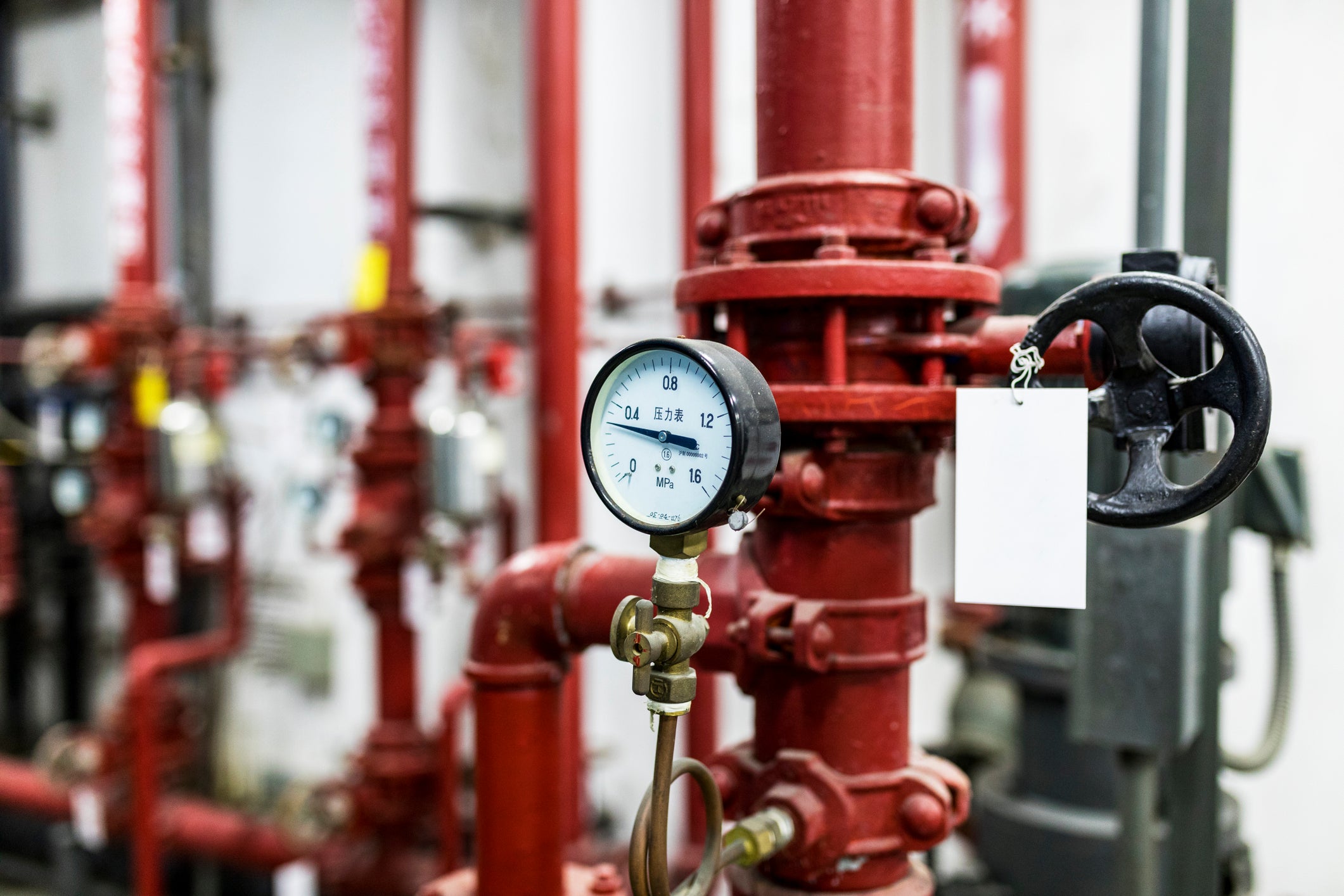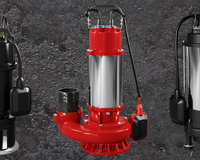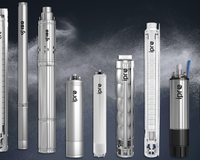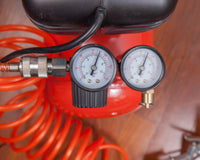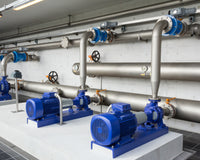Each failure means disruptions in the proper operation of the system and costs associated with the purchase of necessary parts and carrying out repair. Of course, in most situations, the fault is a matter of chance. However, there are many threats that can be avoided thanks to proper care and planning. In the case of water supply installations and all water systems, one of the basic threats is the occurrence of so -called hydraulic impact. As research shows, this phenomenon is responsible for almost 80% of all failures occurring on the water supply networks not equipped with security devices. However, what is a hydraulic impact? What is his cause? And what to do to prevent him? We answer these and other questions in our article.
Hydraulic impact - theoretical foundations of the phenomenon
The hydraulic impact is a term for a sudden increase in pressure caused by unplanned, fast and forced in a short time by changing the flow speed in the pipeline. The name of the phenomenon itself comes from the characteristic sound that occurs during the process and which resembles hitting with a hammer. According to a specialist definition, the hydraulic impact is "caused by the inertia of the mass of liquid moving in the pipeline, whose flow speed changes suddenly." What's more, the "rapid change in the speed and stream of the flow of liquid flows causes the local change in the share of kinetic and potential energy in the total energy of the cross -section, expressed by the growth or decrease in pressure in the stream. In the conditions of very rapid braking of the stream speed, there is a rapid decrease in kinter energy, which causes an increase in potential energy, which is manifested by a large increase in pressure."
Depending on the nature of the phenomenon, we may be dealing with a positive hydraulic impact (pressure increase) or negative hydraulic impact (sudden pressure drop). Regardless of the type, a hydraulic impact can cause many problems, including such as:
- destruction of the pipeline,
- damage pumps,
- engine damage,
- damage to check valves,
- interruption of flowing water.
What are the causes of the problem?
Which makes a negative phenomenon it is hydraulic impact? There can be many reasons, but practice shows that the two main aspects are:
- a situation in which the check valve on a pipe running from the pump is mounted above nine meters above the water mirror level,
- The situation in which the check valve mounted on the pipeline running from the pump is leaky, and the next check valve mounted above the previous level remains tight.
Other reasons that can lead to problems are:
- failures, such as the rupture of the cable, sudden blockage of the pump, twisting the stem or breaking the gate of the gate, vibration of elements subject to deformation,
- cavitation phenomenon, which is caused by excessive water flow rates, a large difference in the amount of pressure to the pressure of liquid evaporation at a given temperature, closure of the slope or high location of the network point,
- random events, including a sudden interruption in the supply of electricity, change of initial flow conditions, change of nodal drains, change of water level in initial or indirect network reservoirs,
- improper operation of the system, manifested as a sudden exclusion of all pumps supplying this san pipeline, incorrect closing or opening of the bills, incorrect maintenance and renovation,
- vibrations associated with uneven pump operation or swimmer valves.
However, this is not the end. Another reason for the problem may also be the use of non -matching solutions, such as the introduction of a smaller wire with a smaller diameter inside the old cable (the result is to increase the speed of flowing liquid). It is worth remembering that any introduction of changes can lead to unplanned damage, so new solutions should be selected depending on the characteristics of the analyzed system.
How to prevent?
Importantly, hydraulic impact, and thus related problems, can be prevented. Some of the ways are:
- selecting the correct cross -sections and safety devices, choosing the right valves and bills, as well as preventing resonance phenomenon,
- an attempt to eliminate the phenomenon of hydraulic impact by directly changing the system configuration, including route modification, wire length, diameters, pipelines, connections or bypass material,
- introduction to the system of various devices and mechanisms that make the liquid drop from the pipeline or detained in a certain space outside the system; This means the use of water-air reservoirs, water and air reservoirs with a differential crucible installed on the outflow, aeration valves or safety valves.

